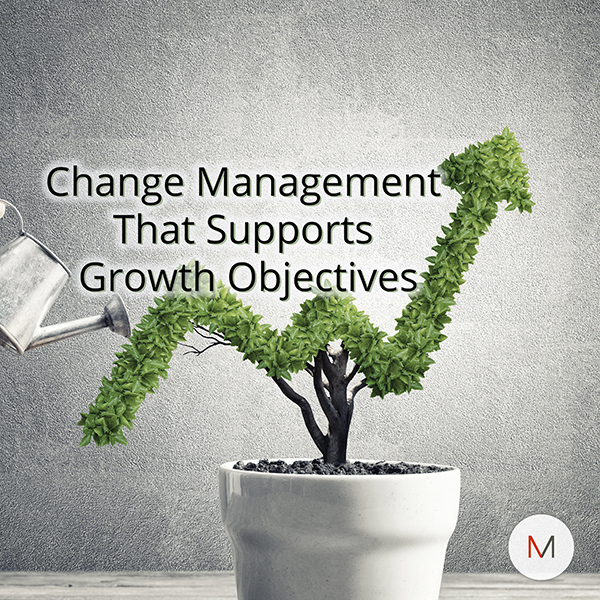The previous blog dealt with how to be prepared for unexpected change. It is important to seek change, to embrace change in order to support the growth that you want to see in your company.
If not before, the last couple of years have taught us, that change is ongoing. So, the first thing is to build the expectation of change into your business model.
When staffing your business, be sure that the expectation is that this company is always looking to improve. Miick founder, Rudy Miick, puts it like this, “If we know we are a company that’s going to keep evolving, and that evolution is normal, evolution at speed, then part of our brand messaging to applicants, not even staff, but applicants – is to be clear, ‘We’re interviewing people who love change or who are at least comfortable with it.’ Before someone gets an interview, we had better send really clear messaging that that is what we’re about.”
With a basic expectation of evolving at every level of the team, it is easier to plan and implement changes.
With that as a base, Rudy talks about choosing what changes are right for you. “This theme is the construct of change. What do I want to be different? Anything I can conceive. And the more specific I can be, the better as opposed to saying ‘let’s just do a better job.’ How do you figure out what that means? There are four basic questions to consider. What am I happy with? What do I want to keep?
What do I want to change or evolve? Evolve is the pivotal word here.
And last, what do I want to get rid of, what do I want to stop?”
The answers to these questions will lead to strategies. Those strategies will depend on where you decide you need change. Some examples might be: Does the bookkeeping need to be more granular? Does the process of getting from order to production need updating? Are there products or services you want to shift away from? How can we provide better training for new employees or update training for existing staff?
One of the things to realize is that not all change is equally easy to adopt. Even a company culture that embraces change can run into resistance. Rudy says, “Culturally stopping old habits and starting new ones is really hard. Not unlike weight loss or stopping drinking. Because culture has its own addiction, has its own pull. I have the existing culture and I have the potential strategy to change or keep or evolve whatever it is I want, and therein is the world of strategic planning.
“But 85 percent of strategic planning fails because there is a third component that most companies don’t look at. The first two are culture and strategy and the third component is structure. What needs to change structurally to support the new strategy? Even if we’re going to keep something, how do we keep it during COVID? How do we keep it in the great resignation? How do we keep it when shifting from hand drawn materials to computers? So it is a three-pronged approach, strategy, structure, and culture. Suddenly, change management integrates into business development. That is something that Miick does really, really well. Up to and including the way that we use values as verbs, the way we work on purpose, and more so the way we talk to each other. So the change becomes not just strategic, but structural change. So the question then becomes what needs to change in the structure to support the strategy? One strategy might be for sales, one strategy for manufacturing, and one for bookkeeping. For example, at unit one, it’s just kind of automatic. Unit two I’m juggling, but I realize I could be more efficient if I hired a bookkeeper and got a bookkeeping system. So, the strategy is, get a bookkeeping system. The structure is, bring somebody in from the outside. So this strategy, structure culture thing is not static, it is a spiral. It keeps evolving.”
Fundamentally, in the culture of your company you expect and embrace change. You strategize ways to implement those changes. But how does the existing structure prevent that? Does the hierarchy of the team support the strategy? Do you need to create a new kind of position within the employee structure to make the changes effective? Do you need to eliminate a position? Is the physical layout of your production facility still going to work if you add new products or change the materials you use? How does complying with a new mandate or update to your mission require changes in the structures that are currently your foundation?
Effective change is the product of self-questioning. It works best when all of the affected teams and team members have input in the implementation of strategy and at the level of structural adjustments to support those strategies. Next Up: One thing that warrants change – A hostile work culture



